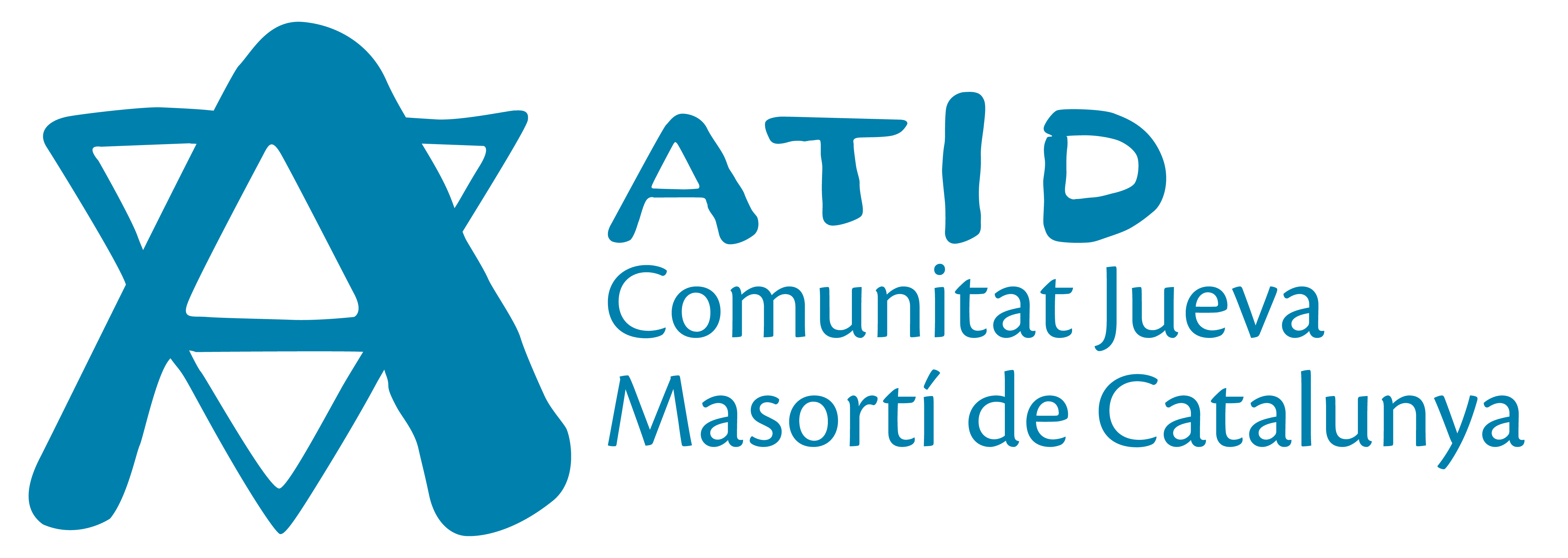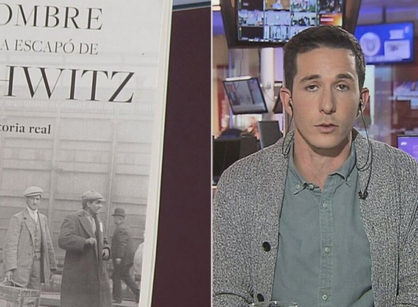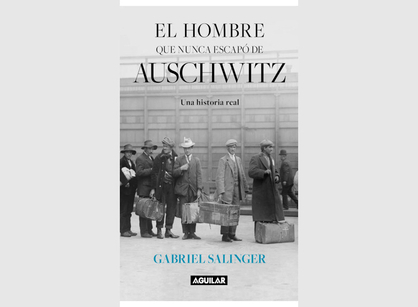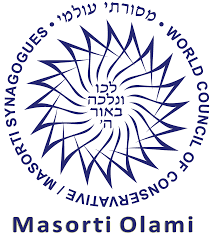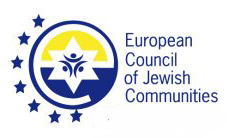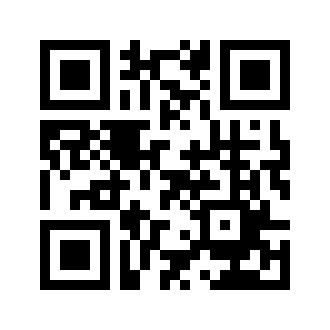Yom Kippur
Special Kol Nidrei 5784
When I was a teacher, I would start the school year by telling my students that they all had a perfect 10 right from the beginning. Each and every one of them began with the highest grade. The goal was to maintain that grade by the end of the year. Rosh Hashanah is somewhat like the beginning of the school year, and Yom Kippur is like the end of the year. We all start with a 10, and the objective is to maintain that score by the end of the year.
If we extrapolate this to our lives, we could even say that Rosh Hashanah is like the day we are born, and Yom Kippur is like the day of our death. Rabbi Alan Lew z''l (1943-2009) made this significant analogy, suggesting that the period between Rosh Hashanah and Yom Kippur was a journey in which our time in the world was reduced to ten days.
So, on Rosh Hashanah, we celebrate a birth, perhaps our own birth. It is a day of joy and rejoicing, but we all know it has an end. Yom Kippur would be the day when we simulate our death, dressing in white, reciting vidui, not eating or drinking. Rosh Hashanah and Yom Kippur are like the beginning and end of a journey, and the 10 days that occur between them are the days we are put to the test, a simulation of life. So, between Rosh Hashanah and Yom Kippur, we have not a 10, but 10 days to make the most of and live fully. But how do we want to live to the fullest? How do we think we should live in this short span of 10 days?
The answer is simple. Our tradition tells us that we should live these 10 days immersed in the practice of three things: tzedakah, tefilah, and teshuvah. As an example, we have the three patriarchs: Abraham, Isaac, and Jacob. Abraham serves as an example of tzedakah because he knew how to see what was in front of him at the right moment, both with the three messengers and during the Akedah. Isaac is an example of teshuvah because he knew how to recover the past, to reopen the wells that had been stopped up. And Jacob looks to the future and within himself, as if he were in constant tefilah, daring to cross the Jabbok ford, undergo a complete transformation, and give a name to the people of Israel.
These three mitzvot provide us with guidance on what to achieve during these 10 days that we are just finishing: to go to Yom Kippur from the way we came into the world on Rosh Hashanah, that is, free from all transgression, or in religious terms, completely purified, being aware of the here and now, improving the present by recovering the past, and leaving a legacy for the future.
The Yamim Noraim are the days we describe as terrible because we realize that everything comes to an end. It is a rehearsal that reminds us that we are here temporarily, and in comparison to the history of humanity, it is but a fleeting moment, a very short time that we have. Remembering this every year is an exercise that encourages us to value the little time we have. Thus, we read about Aaron and how he reacted, or did not react, when he learned of the terrible death of his sons. The Torah portion we will read tomorrow during Shacharit is titled "Acharei Mot," after death, and it describes what Aaron does after the death of his two sons.
However, Yom Kippur does not invite us to reflect solely on the end of our days; it invites us to dedicate an entire day to see things, life, and the world around us from a different perspective. As Rabbi Josh Weiner of the Adath Shalom synagogue in Paris says, for one day, we manage to focus only on the here and now, on those around us, and on our community (kehila). It is the moment to make important decisions or to reaffirm those we have already made. It is the moment to decide why we are here and what we are doing here.
Humanity is born twice, once to live and once to die, one time ignorant of death, and another time knowing that its life has an expiration date. In the Garden of Eden, humanity was born on the 6th of Tishrei or the 1st of Tishrei (we know there are differences of opinion on this matter), but they were born again when they were expelled from the Garden of Eden and learned that their life had an expiration date. Their mortality bestowed upon them another gift—the ability to create life. Life and death are always intertwined. Being aware of our own mortality is an exercise we undertake every year between Rosh Hashanah and Yom Kippur. Thus, Rosh Hashanah and Yom Kippur become a game of mirrors in which, at the birth of the world, there is an awareness of the finiteness of life, and in the simulation of death, there is an awareness of the power of life.
Therefore, let us be, this Yom Kippur, renewed and reborn, and above all, let us be inscribed in the Book of Life, which is nothing more than the Book of Remembrance and Memory where we all live.
G'mar Hatimah Tovah!

